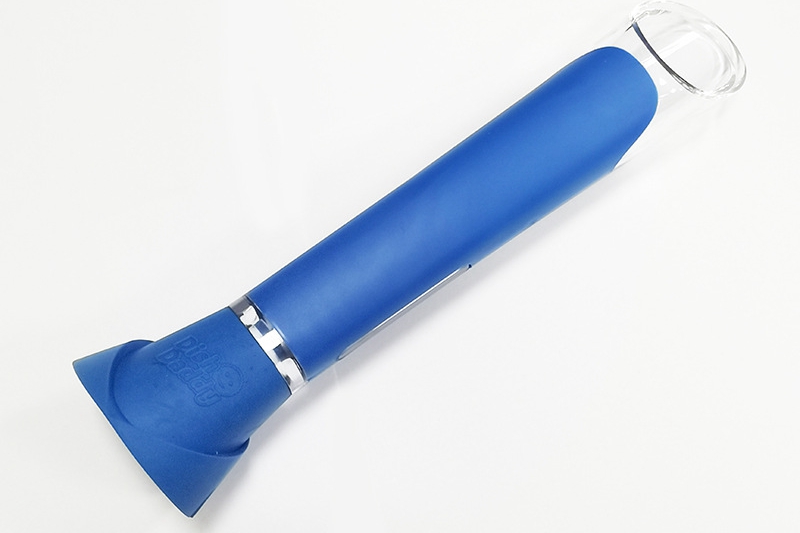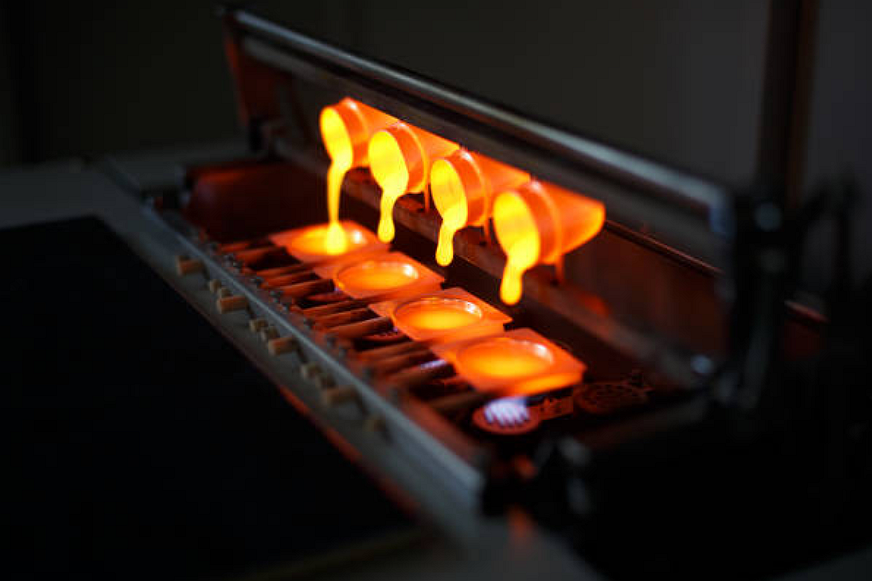What manufacturing and joining changes matter when switching to lightweight materials?
When transitioning from conventional steel to lightweight aluminum alloys or engineered plastics, manufacturing and joining processes must be adjusted to maintain structural performance, durability, and assembly reliability. In industries such as automotive, e-mobility, and aerospace, lightweight materials improve mass efficiency but demand different forming, machining, heat treatment, and fastening strategies to ensure long-term safety and robustness.
Manufacturing Adaptations for Lightweight Materials
Aluminum and magnesium alloys are best processed through near-net-shape routes such as aluminum die casting, precision casting, or gravity casting, where optimized wall thickness and ribbing compensate for their lower modulus compared with steel. Thin-walled features require precise mold design and controlled cooling to avoid shrinkage or porosity.
For high-strength miniature components, metal injection molding using alloys such as MIM-4140 enables the creation of complex internal geometries and provides high fatigue resistance. Plastic structural housings produced through injection molding need optimized gating, venting, and local reinforcement to prevent deformation across temperature cycles.
Prototyping lightweight structures often begins using CNC machining prototyping and 3D printing prototyping to validate geometry, stiffness, and bolt load distribution before mass-production tooling is committed.
Joining Techniques for Lightweight Materials
Switching to aluminum or plastic requires modifications in fastening strategy. Traditional welding methods used for steel cannot always be applied directly. For aluminum castings, friction stir welding, MIG welding, or adhesive bonding may be used depending on load transfer needs. For high-load joints, threaded inserts combined with nylon or PC-PBT housings ensure dimensional stability when using plastics.
When dissimilar materials are combined—such as die-cast aluminum and injection-molded plastic—form-fit joining and mechanical interlocks designed into the part design provide superior reliability. Overmolding, combined with insert molding, enables the direct integration of metal cores with engineered polymers for hybrid assemblies.
Surface Treatment and Heat Treatment Considerations
Lightweight metals require reinforcement through treatments like heat treatment and nitriding to prevent premature failure at joints. To maintain corrosion resistance and structural integrity, anodizing is frequently applied to aluminum structures, while sandblasting ensures proper adhesion of paint or coatings. For plastics, texturing or in-mold decoration can strengthen surfaces while improving aesthetic quality.
Design and Assembly Guidelines
Define joint load paths early to ensure suitable joining methods for new lightweight materials.
Use insert systems or adhesive bonding to reinforce joints in plastic and aluminum components.
Apply rapid molding prototyping to validate joining strategies under realistic loads.
Consider field-repairability—welding access may be limited in cast or molded structures.
Include corrosion and fatigue resistance through protective treatments during design.



